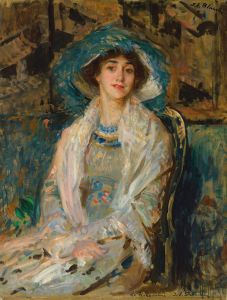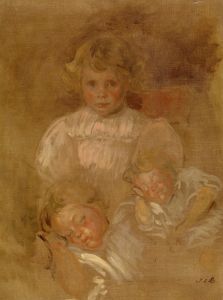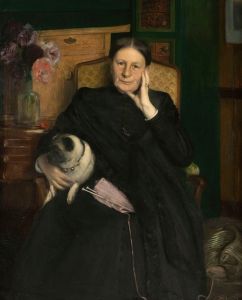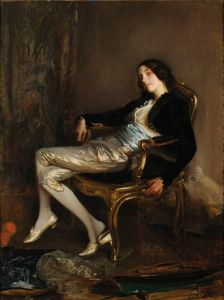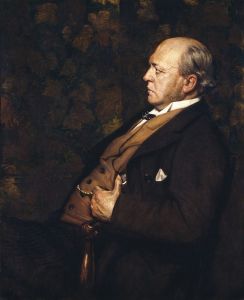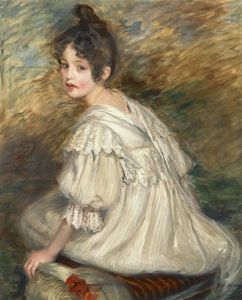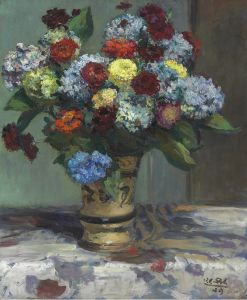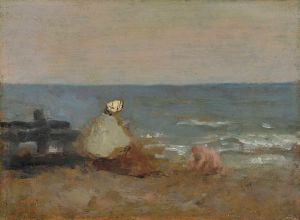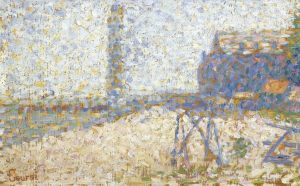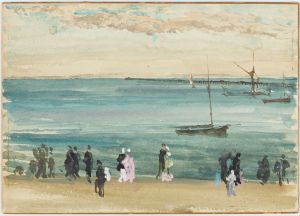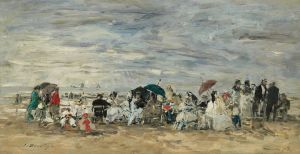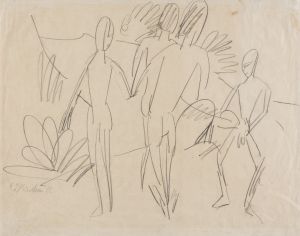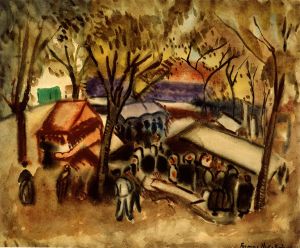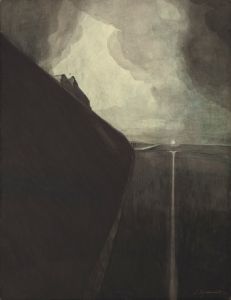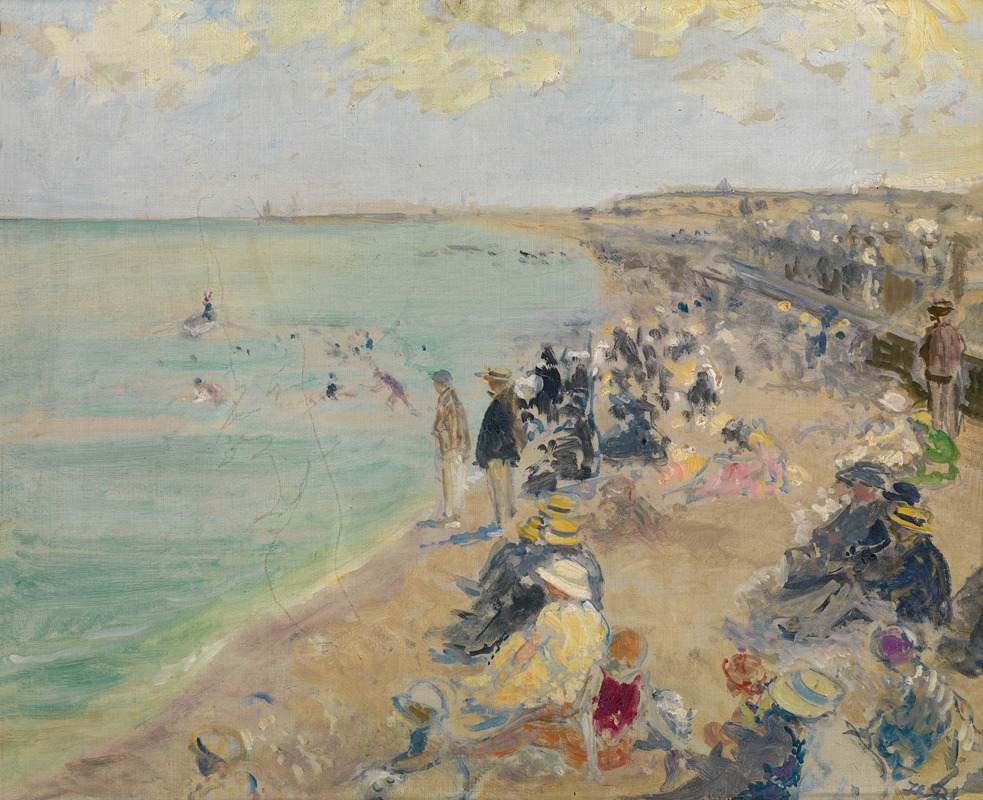
Dieppe
A hand-painted replica of Jacques-Émile Blanche’s masterpiece Dieppe, meticulously crafted by professional artists to capture the true essence of the original. Each piece is created with museum-quality canvas and rare mineral pigments, carefully painted by experienced artists with delicate brushstrokes and rich, layered colors to perfectly recreate the texture of the original artwork. Unlike machine-printed reproductions, this hand-painted version brings the painting to life, infused with the artist’s emotions and skill in every stroke. Whether for personal collection or home decoration, it instantly elevates the artistic atmosphere of any space.
Jacques-Émile Blanche's painting Dieppe is a notable work by the French artist, who was renowned for his portraits and depictions of social life in late 19th and early 20th century France. Blanche (1861–1942) was a prolific painter, writer, and cultural figure, known for his connections to prominent intellectuals, artists, and writers of his time. His works often reflect the elegance and sophistication of the Belle Époque period.
The painting Dieppe captures the coastal town of Dieppe, located in the Normandy region of France. Dieppe was a popular seaside resort during the late 19th century, frequented by artists, writers, and members of the bourgeoisie. Blanche himself had a personal connection to the town, as his family owned a villa there, and he spent much of his childhood and later life in the area. This connection to Dieppe is evident in his work, as he often depicted scenes of the town and its surroundings.
In Dieppe, Blanche portrays the charm and atmosphere of the town, which was known for its picturesque harbor, pebble beaches, and vibrant social life. While specific details of the painting's composition and style may vary depending on the version or interpretation, Blanche's works are generally characterized by their loose brushwork, attention to light and color, and an ability to capture the mood of a scene. His paintings often reflect the influence of Impressionism, though he maintained a distinctive style that blended realism with a more personal, introspective approach.
Blanche's Dieppe is not only a representation of the town but also a reflection of the cultural and social milieu of the time. Dieppe was a hub for artistic and intellectual exchange, attracting figures such as Oscar Wilde, Marcel Proust, and Claude Monet. Blanche's depiction of the town serves as a visual document of this vibrant period in French history.
As with many of Blanche's works, Dieppe demonstrates his skill in capturing the essence of a place and its people. The painting remains an important example of his contribution to French art and his ability to convey the spirit of the Belle Époque through his unique artistic vision.





